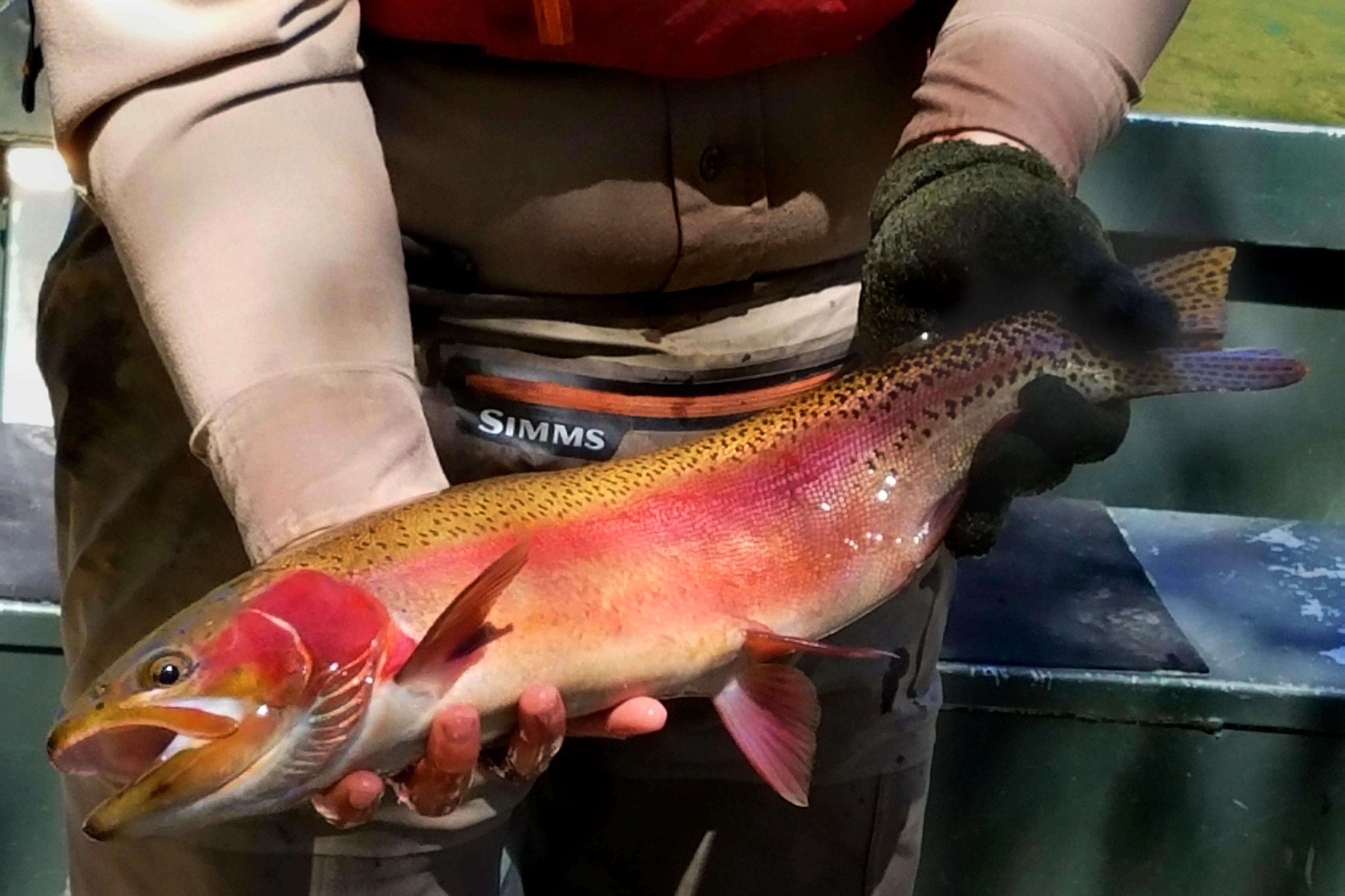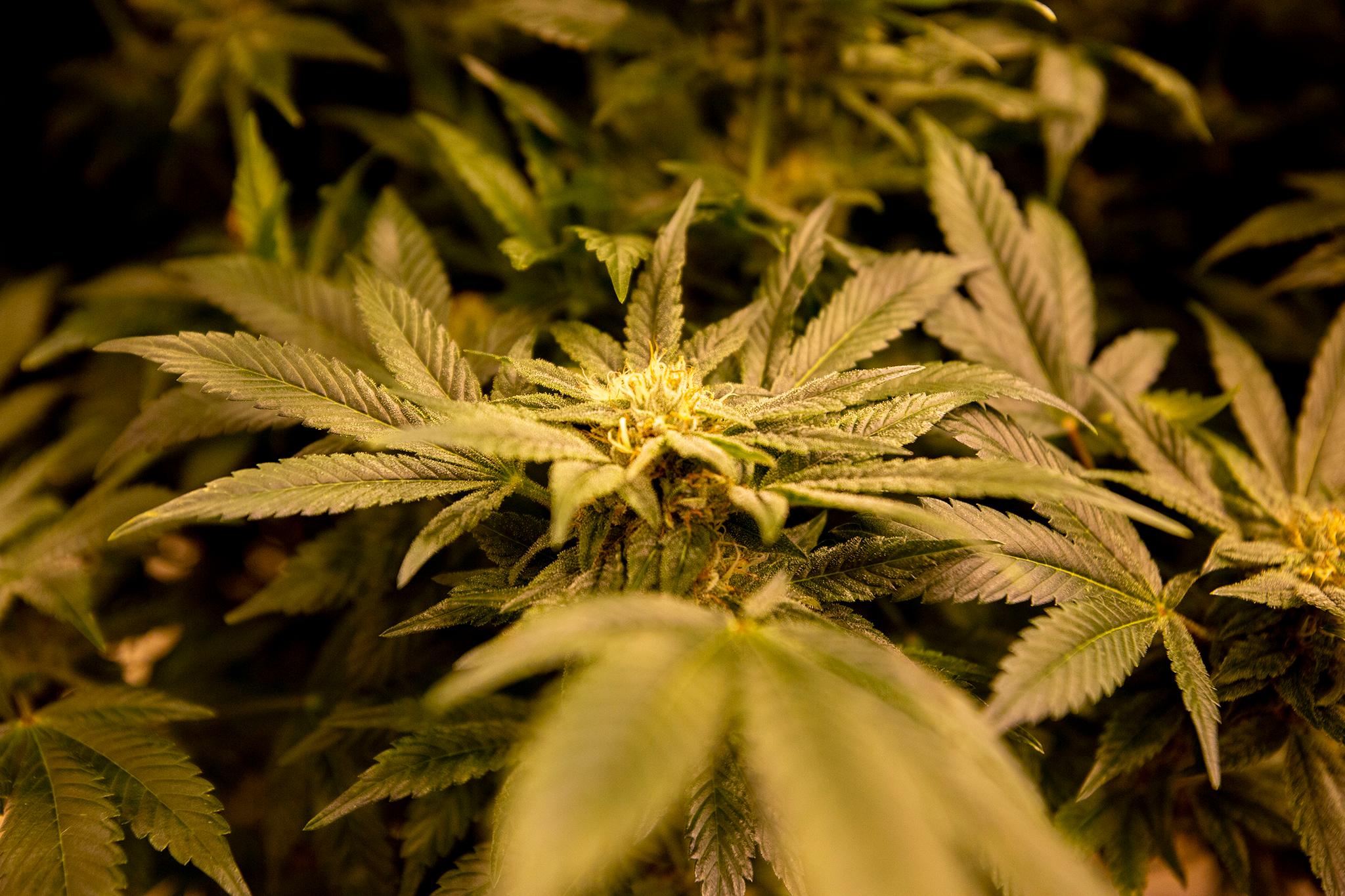

Colorado’s rainbow trout — once an icon of the Rocky Mountain West — pulled a disappearing act several decades ago. It was ushered out of Colorado’s river systems by the nefarious whirling disease; a parasite that cripples the trout’s ability to swim.
The disease decimated the rainbow trout’s ability to reproduce in Colorado’s river system, reducing its numbers to less than one percent of the state’s trout population.
This essentially made the reproduction of the decimated species the full time job of wildlife conservationists.
Colorado Parks and Wildlife has worked diligently to clean its hatchery system which inadvertently introduced the disease. That work came with a seven-figure price tag and slow progress to successfully reintroduce the species.
Now, a new species of rainbow trout is thriving in the Arkansas River near Salida. These special disease-resistant rainbow are the spawn of trout hailing from the Gunnison River to the west.

Josh Nehring, senior aquatic biologist in CPW’s Southeast Region, said biologists are slightly puzzled as to how that success came about.
“We got a strain of rainbow trout from the west coast that showed resistance to whirling disease and so we had been stocking those throughout Colorado including the Gunnison River,” Nehring said. “We’ve had some success with the Hofer strain, but in the Gunnison River we’re a little unsure whether it’s a result of stocking those Hofers or if its something going on where they developed a resistance on their own.”
Regardless of where that resistance came from, those trout were successfully reproducing on their own in the wild. Wildlife staff sprung into action to spawn and raise this new strain of fish dubbed the Gunnison River Rainbows. In March 2017, CPW began stocking the trout in the Arkansas, east of Salida. CPW and Collegiate Peaks Chapter of Trout Unlimited volunteers snipped the left pelvic fins from 40,000 GRRs to prepare them for stocking. The clipped fins will help identify them in later years.
The next step in this years-long process is to judge the size of the fish. In November, surveys of the river reported hopeful discoveries. Some of the fish had grown over 10 inches in length in the last two years. The fish were 3 inches when they were introduced. In a statement, Atwood said this is an impressive feat.
“This year, the largest GRRs that we sampled were 13.5 inches long,” he said. “It only took 2.5 years in the Arkansas River for some of the GRRs to grow 10 inches in length.”
While strong growth is a good sign, Atwood cautions that it doesn’t equate to a successful reintroduction of the species. The next milestone will be evidence Gunnison River Rainbows are naturally reproducing in the Arkansas.
Restoring to the Arkansas and other Colorado streams a wild, naturally reproducing rainbow trout that is resistant to whirling disease would be a huge wildlife conservation victory for CPW.
“There have been several obstacles in the Arkansas River including competition with brown trout, river flows and whirling disease, which is present in the river,” Nehring said. “This would be a big breakthrough if this project succeeds.”
CPW biologists will stock more GRRs up and down the Arkansas starting next spring in hopes of expanding the rainbow population throughout the river basin where hopefully they can once again be a fish champion.









